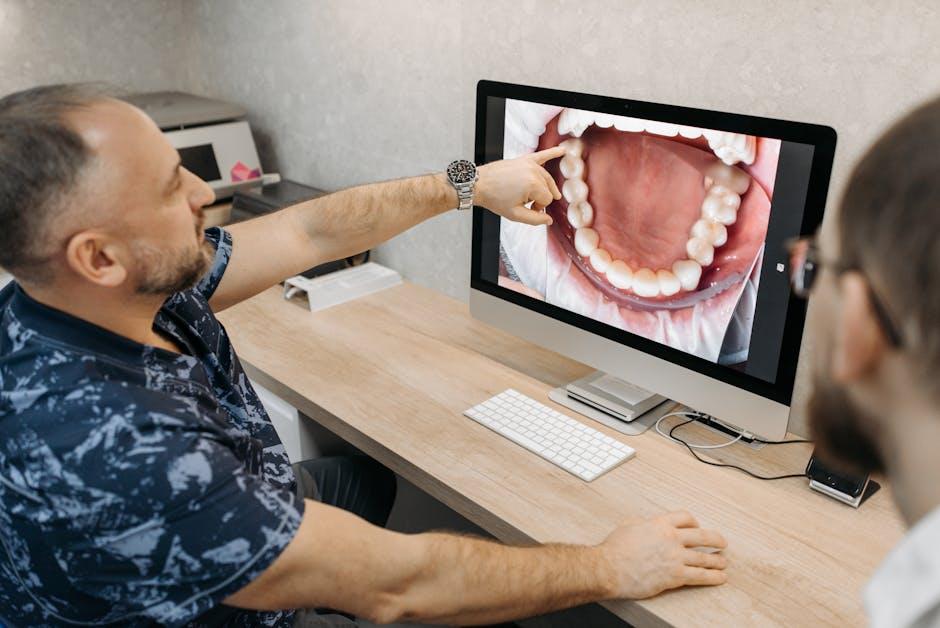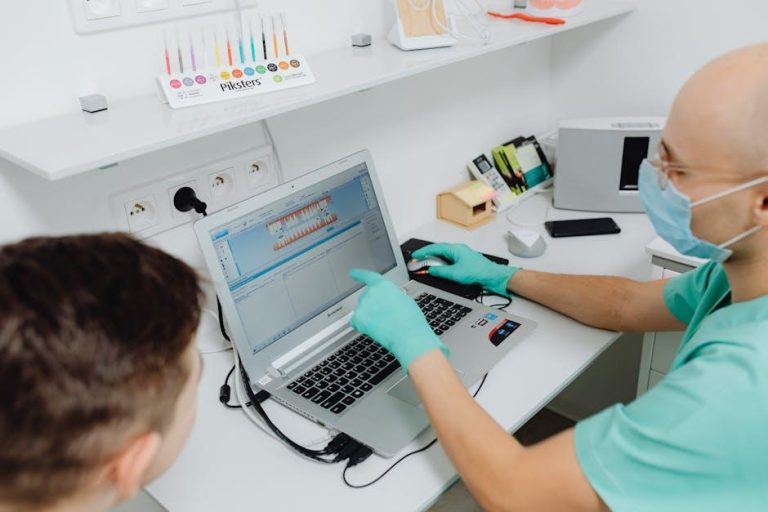
Digital Dentistry Market Value to Reach US$ 16.3 Bn by 2032 Driven by Tech Advancements
In recent years, the digital dentistry market has experienced remarkable growth, driven largely by rapid technological advancements and increasing adoption of digital tools in dental care. According to an insightful report featured on openPR.com, the global market for digital dentistry is projected to reach an impressive US$ 16.3 billion by 2032. This surge showcases a paradigm shift in how dental professionals deliver care, emphasizing precision, efficiency, and improved patient outcomes. This article dives deep into the factors fueling this growth, key technologies, and what dental practitioners and patients can expect moving forward.
Understanding Digital Dentistry: What Does It Encompass?
Digital dentistry refers to the use of dental technologies or devices that incorporate digital or computer-controlled components to carry out dental procedures rather than traditional mechanical or analog approaches. It includes a broad array of tools and applications:
- Dental CAD/CAM Systems: Computer-Aided Design and Computer-Aided Manufacturing which help create dental restorations with precision.
- Intraoral Scanners: Devices that capture detailed 3D digital impressions of teeth.
- 3D Printing: Used for producing dental models, surgical guides, crowns, and dentures swiftly.
- Digital Radiography and Imaging: Advanced x-rays and CT scans improving diagnostics and treatment planning.
- Laser Dentistry: Minimally invasive treatments with faster healing times.
Market Overview: Growth Drivers for Digital Dentistry
The projected growth of the digital dentistry sector up to 2032 hinges on several critical factors:
- Technological Advancements: Innovations in AI, machine learning, and 3D printing have exponentially increased the capabilities and accessibility of digital dental solutions.
- Rising Demand for Minimally Invasive Procedures: Patients and practitioners prefer quicker, less painful treatments offered by laser and digital imaging technologies.
- Increasing Geriatric Population: Older adults typically require more dental care, driving demand for advanced restorative technologies.
- Enhanced Workflow Efficiency: Digital tools reduce appointment times and increase accuracy, making dental clinics more profitable and patient-centric.
- COVID-19 Pandemic Impact: Heightened hygiene protocols and reduced patient contact have accelerated the adoption of digital and remote dentistry solutions.
Key Technologies Propelling Market Expansion
Several groundbreaking technologies are central to the rise in digital dentistry market value:
| Technology | Description | Market Impact |
|---|---|---|
| 3D Printing | Creation of precise dental implants, prosthetics, and surgical guides. | Faster production times, lower costs, and customization. |
| Intraoral Scanners | Digital impression devices eliminating messy molds. | Improved patient comfort and more accurate restorations. |
| AI-Powered Diagnostics | Machine learning algorithms for early disease detection. | Higher diagnostic accuracy and tailored treatment plans. |
| Digital Radiography | Advanced imaging techniques for better diagnostics. | Lower radiation doses and immediate image availability. |
Benefits of Digital Dentistry for Dental Professionals and Patients
The integration of digital technologies in dentistry offers advantages across clinical, operational, and patient experience levels:
- Improved Precision and Accuracy: Digital tools reduce manual errors, leading to longer-lasting restorations.
- Enhanced Patient Experience: Less invasive procedures, reduced discomfort, and faster turnaround times.
- Cost Efficiency: Although initial investment is high, digital workflows reduce materials waste and chair time.
- Better Treatment Planning: 3D imaging and AI facilitate personalized dental care strategies.
- Remote Collaboration: Digital records and scans enable better communication with dental labs and specialists.
Practical Tips for Dental Practices Embracing Digital Dentistry
If you’re a dental professional considering the shift to digital technology, keep these strategies in mind:
- Invest in Staff Training: Ensure your team is proficient with new devices and software.
- Start Small: Integrate one technology at a time, such as an intraoral scanner, before expanding.
- Partner with Experienced Vendors: Choose reliable suppliers who offer ongoing support.
- Prioritize Patient Education: Explain the benefits of digital procedures to reduce patient apprehension.
- Continuously Monitor ROI: Track improvements in workflow efficiency and patient outcomes.
Case Study: Transforming a Dental Clinic Through Technology
One mid-sized dental clinic in California reported a 30% increase in patient throughput after adopting a comprehensive digital dentistry suite including CAD/CAM, 3D printing, and digital radiography.
- Appointment times were reduced by an average of 20 minutes per patient.
- Patient satisfaction scores increased steeply due to reduced discomfort.
- The clinic experienced fewer remakes on restorations, lowering operational costs.
This success story is representative of broader trends pushing the digital dentistry market forward globally.
Future Trends in the Digital Dentistry Market
Looking ahead, the digital dentistry market’s trajectory indicates several key trends worth watching:
- Integration of Artificial Intelligence: AI will expand its role beyond diagnostics into automation and predictive analytics.
- Tele-dentistry Expansion: Remote consultations and digital monitoring will become commonplace.
- Personalized Dental Care: Genomic data combined with digital tech will revolutionize treatment customization.
- Increased Adoption in Emerging Markets: Advances will democratize access to top-tier dental care worldwide.
- Sustainability Focus: Eco-friendly materials and digital workflows will reduce dentistry’s environmental footprint.
Conclusion
The digital dentistry market is poised for significant growth, projected to reach US$ 16.3 billion by 2032 driven by remarkable technological advancements. For dental professionals and patients alike, the move towards digital tools heralds a future of improved accuracy, efficiency, and patient satisfaction. By adopting these cutting-edge solutions, dental practices can enhance their service quality while participating in a rapidly evolving industry. Staying informed and prepared for these changes will be key to capitalizing on opportunities within this vibrant market.
Stay tuned to openPR.com for the latest updates and in-depth reports on digital dentistry and other tech-driven markets.


